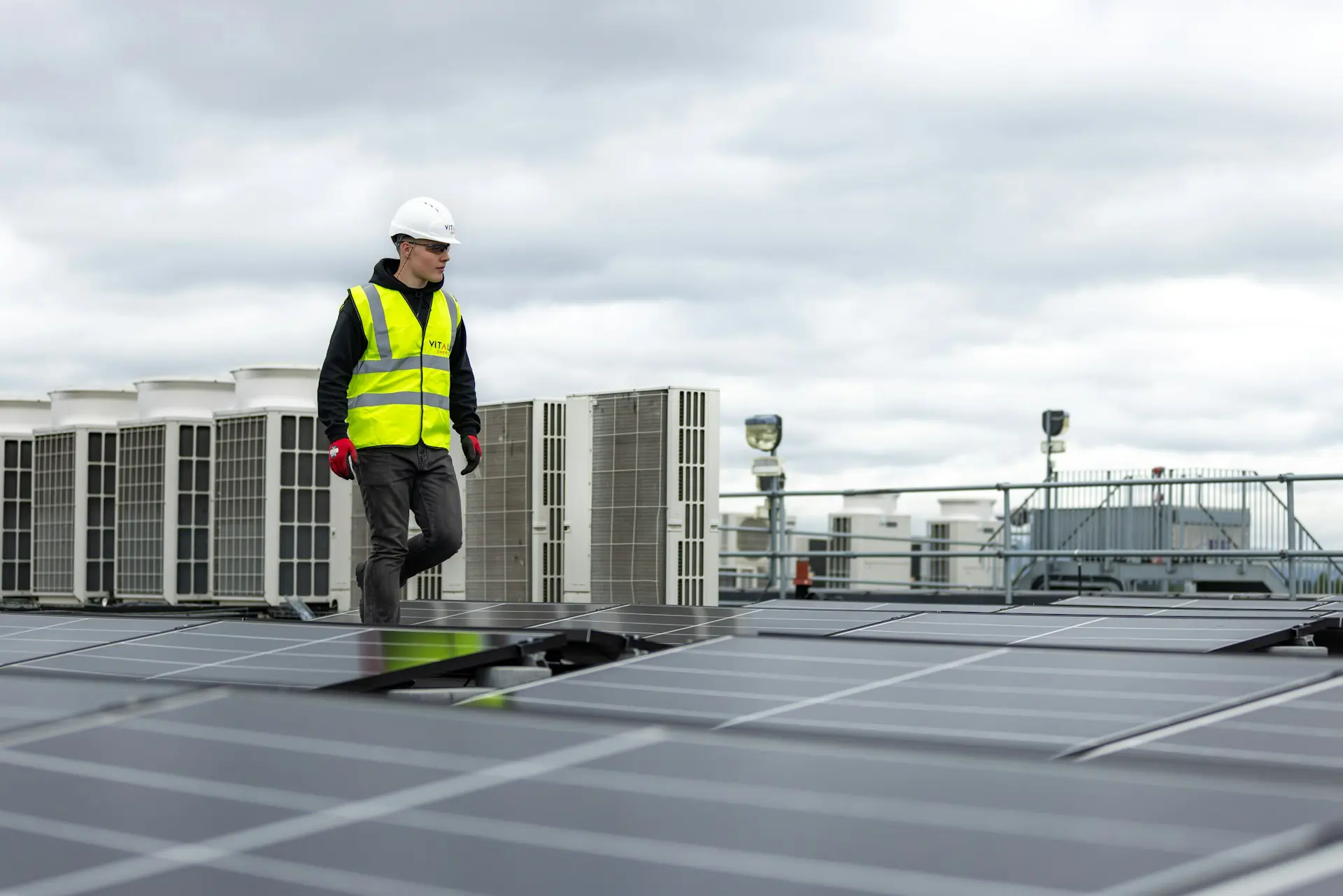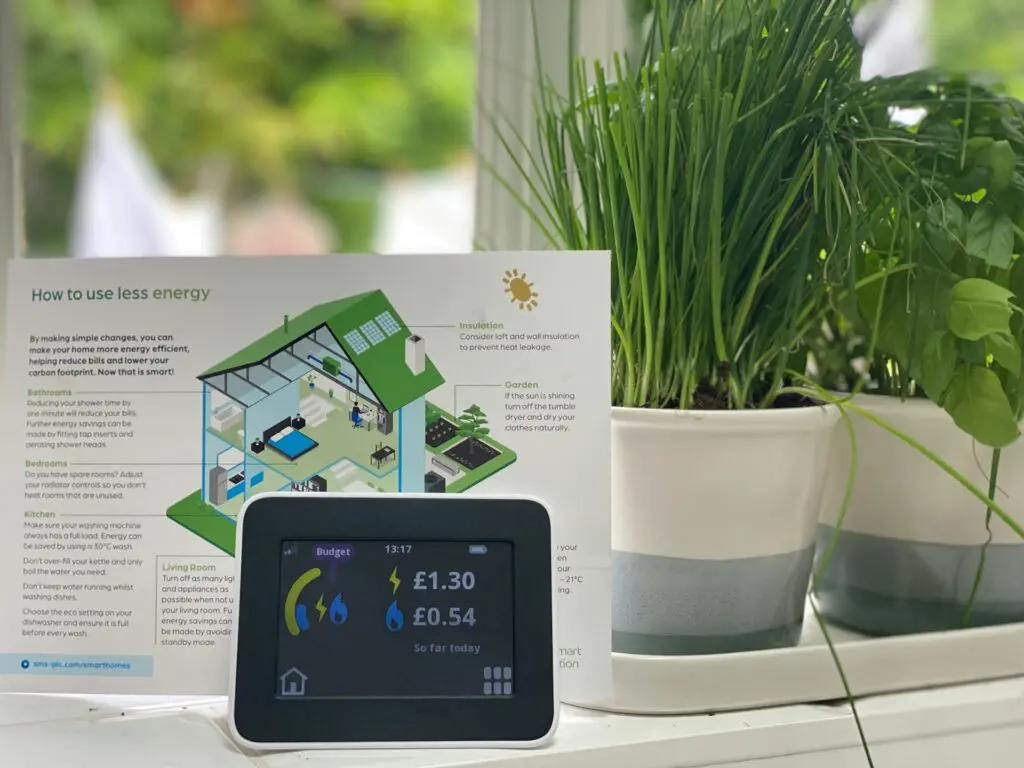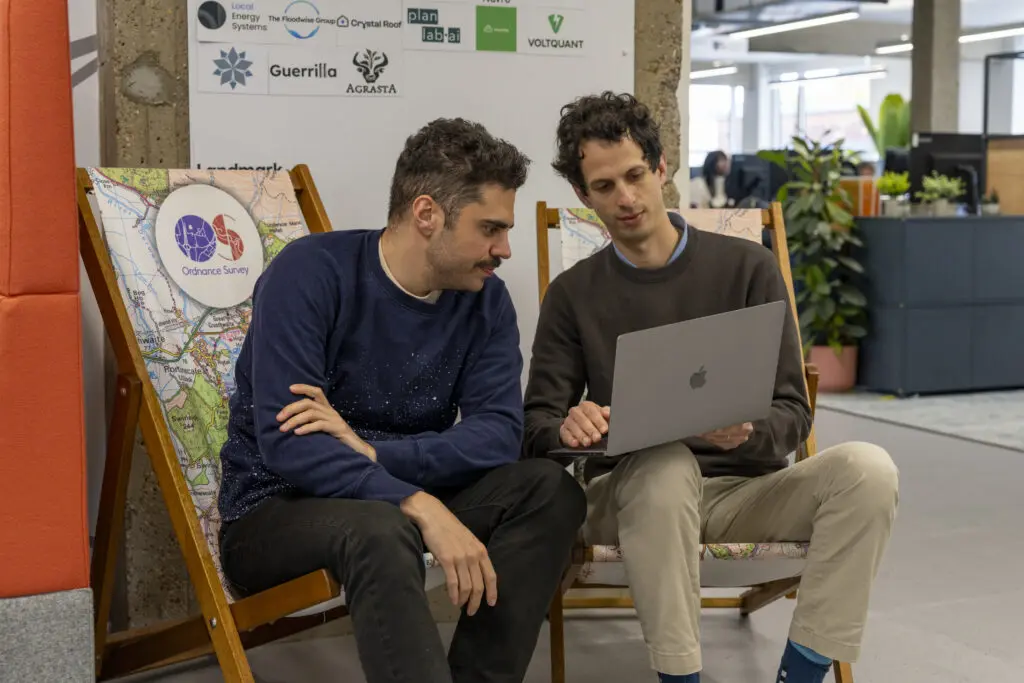Retrofitting the UK: Challenges, Opportunities, and the Role of Innovation

Domestic retrofitting is a priority for the United Kingdom as the country aims to reach Net-Zero by 2050. For startups and innovators, this presents both complexity and opportunity.
The UK government has introduced several initiatives to support domestic retrofitting—such as the Boiler Upgrade Scheme and the Energy Company Obligation (ECO)—to improve energy efficiency and reduce carbon emissions. Yet, the scale of the challenge remains vast, with millions of homes requiring upgrades and a pressing need for coordinated, long-term policy support. Rising public awareness, regulatory pressure, and the demand for scalable, data-driven solutions are creating fertile ground for new entrants to develop impactful technologies and services that address energy efficiency and sustainability.
Scale of the challenge
As the UK intensifies its efforts to meet tight carbon reduction targets, the built environment remains a critical area for achieving significant environmental improvements. Buildings have been found to be the second largest source of emissions, with their decarbonisation presenting a major opportunity to reduce net emissions.
Recognising the scale of the challenge and the opportunity for impactful solutions, Geovation has welcomed over 70 retrofitting startups to our community. Nearly 50 startups focused on retrofitting have engaged with Geovation’s programmes, reflecting growing interest and activity in this sector. Joining to take advantage of the support Geovation can provide in accessing UK-wide authoritative data sets and to leverage Geovation’s exposure in the land and property sector.

The scale of the UK’s retrofitting challenges cannot be underestimated. Of the 29 million properties in the United Kingdom, around 40% were constructed prior to 1946 and over 50% before the regulatory requirements for insulation in 19651. Given an estimated 85% of the already-existing UK housing stock is expected to still be in use by 2050, a significant number of homes will have to be improved to make them more energy efficient, and ultimately liveable2.
The potential market for startups developing retrofitting solutions is substantial, offering significant opportunities for innovation and impact. Estimates suggest the retrofitting market at large will reach $165 billion by 2030 and is anticipated to witness a CAGR of 5.1% between 2023 and 20303.
Whilst there are a multitude of startups entering the market to solve the retrofitting problem, many will be targeting different entry points across the value-chain, from opportunity identification, feasibility assessment to managing the contractors undertaking the required work.
Depending on the approach taken by the startup (in the case of domestic retrofit, place-based or home by home), there are key challenges that are limiting the ability of startups and the sector in general from scaling.

Vulcan
USE CASE
In 2025, Standard Assessment Procedure (SAP) is being replaced by the Home Energy Model (HEM). HEM fixes many of SAP’s problems and offers useful detailed energy metrics. Vulcan enables professionals to use the Home Energy Model to assess dwellings and design improvements. Vulcan users can understand if dwellings are compliant with future regulatory standards (using the official API for the Home Energy Model), as well as predict the realistic impact of improvements (using calibrated energy modelling).
Vulcan’s mission is to accelerate home energy retrofit. They are a London based team of Regulated SaaS and Building Physics nerds, who believe that the answer to UK’s retrofit crisis lies in their strengths: domestic energy modelling and measurement.
Data Granularity
For home-by-home approaches, which aim to serve the able-to-pay market, the use of granular data on specific properties is essential. Whilst secondary data can provide a certain level of accuracy of a specific property, many feasibility assessments require detailed understanding of a property’s characteristics to inform on the necessary financial implications of undertaking retrofit. The potential lack of accurate data on the specifics of a property thus reduces the ability for the property owner to have faith in the expected financial payback of the retrofitting works.
USE CASE
Kestrix flies thermal drone flights over whole neighbourhoods to map heat loss from buildings in 3D, then uses AI to generate energy retrofit plans – sort of like the ‘Google Maps of heat loss’ or the energy survey from the sky.
Kestrix collects the empirical data needed decarbonise the built environment at the pace that is required. With 24 million homes in the UK needing retrofitting – that’s 1.8 homes every single minute in the UK between now and 2050 – there is no time to go inside each property. So, Kestrix collects data on an area-basis, and leverages AI to complete that analysis quickly.
Every building is different, so Kestrix uses drones to collect proprietary data on each building and uses AI to analyse that dataset quickly. This enables empiricism at scale.

Kestrix
Skills
A shortage of contractors with the necessary accreditations and technical skills continues to pose a significant challenge to achieving the UK’s Net-Zero targets. While various government programmes have been introduced to address this issue, the overall policy landscape is often viewed as fragmented, with initiatives lacking coordination and long-term continuity. Given the scale of the retrofitting task—millions of homes requiring upgrades—the limited capacity to deliver work at pace and scale remains a major barrier to progress.
Trust and Delivery
Determining who will carry out retrofitting work and ensuring the reliability of contractors is essential to building consumer confidence—particularly within the able-to-pay market. Clear standards, accreditation, and transparent project management are key to reassuring homeowners that retrofitting projects will be delivered effectively and to a high standard.
Accelerating Impact Through Geovation
For those looking to enter and grow within the retrofitting sector, the Geovation Accelerator Programme offers a strategic pathway, supporting numerous retrofitting solutions in the past. Startups benefit from:
- Tailored support and development expertise from our in-house tech team
- Access to authoritative datasets from Ordnance Survey and HM Land Registry:
- National Polygon Service
- Address Base
- Buildings NGD (Building Age, Building Height etc)
- Connections across the property and technology sectors
These resources help founders refine their business models, validate their solutions, and scale with confidence. Exposure to a collaborative ecosystem of over 2,200 members further strengthens their ability to navigate sector challenges and deliver meaningful impact in the transition to Net-Zero.
To secure a place on the Geovation Accelerator, startups must apply. Top-scoring applicants will be invited to a value proposition and business interview with experts from Geovation, OS, and HMLR. Last year, we received over 150 applications, and six startups were selected for our most recent cohort. Read more about our current cohorts 19 and 20.
Apply to Our Programme

Applications for our next programme are open.
If you’d like to take advantage of these resources to grow your startup, join our next Autumn cohort. Applications close 23:59 Friday 29 August 2025.
Geovation is an Ordnance Survey initiative, in association with HM Land Registry.
1 https://blogs.lse.ac.uk/businessreview/2023/07/06/retrofitting-will-help-the-uk-save-energy-and-meet-emission-reduction-targets/
2 https://researchbriefings.files.parliament.uk/documents/POST-PN-0650/POST-PN-0650.pdf
3 https://www.prnewswire.co.uk/news-releases/energy-retrofit-market-to-surpass-us-165-6-billion-by-2030—coherent-market-insights-301993660.html